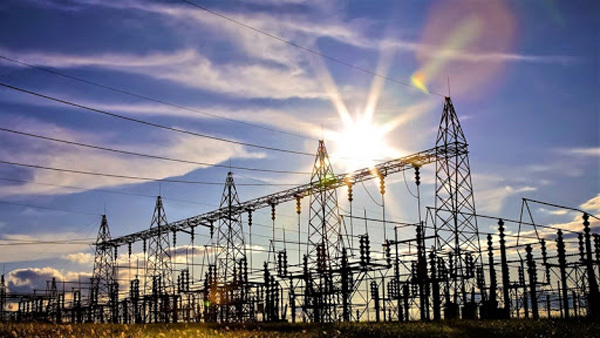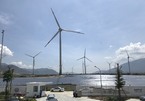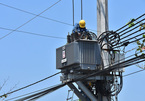 |
| A power station in the central region. Mustering the financial resources required to increase the country's energy supply, which is estimated at US$8-10 billion annually, has been difficult. — Photo Industry and Trade Magazine |
Speaking at the hearing, Tran Tuan Anh, Minister of industry and trade and leader of the ministry overlooking the energy sector, said the development of power supply was being held back by a number of shortcomings and limitations in the country's investment framework.
Mustering the financial resources required to increase the country's energy supply, which was estimated at US$8-10 billion annually, has been difficult. State-owned enterprises have struggled financially, so the country must look to the private sector and foreign investors, who often require government assurances and other forms of assistance.
Many key power supply projects, as a result, had experienced delays and this was likely result in a shortage of supply, Anh said, claiming barely over 60 per cent of planned output for the period would be connected to the national grid between 2020-2025.
In addition, there is a mismatch in supply and demand in different regions across the country. While the northern and central regions experience an oversupply, the southern regions is often hit with shortages and can only meet 80 per cent of demand.
Despite the rapid development of renewable energy, including in the central region, the national grid has not been able to handle its full output. Several solar farms in the provinces of Ninh Thuan and Binh Thuan with a total combined output of 690 MW have had to cut back production. Anh said this issue would only be resolved at the end of the year when a number of infrastructure projects in the region were completed.
Meanwhile, the sector has become more dependent on imports of raw input material. Vietnam has had to import coal and soon liquefied natural gas (LNG). By the ministry's projection, the country will have to import up to 60 million tonnes of coal and 12 million tones of LNG in 2030, which puts the country's energy security at risk without careful planning and strategy.
As the country suffers from an economic slowdown as a result of the COVID-19 pandemic, demand for electricity will likely fall compared to previously projected figures, with commercial electricity output maintaining modest growth of just 8 per cent in the 2021-2030 period.
Total output in 2030 is forecast to reach 138.000 MW. Of which, thermal, mainly from coal-fired plants, will account for 27 per cent, gas and LNG 19 per cent, hydro 18 per cent, solar and wind 28 per cent with the remainder from imports and other sources.
The minister said his ministry had been working on a power development plan for the country which outlined steps to be taken to address these issues including increased efforts to attract FDI investment and seeking government support for BOT projects. The plan is to be submitted to the Prime Minister no later than this October.
It also proposed greater autonomy for local governments by making them investors in infrastructure projects with investment value under VND5 trillion. Projects with investment value between VND2.3-5 trillion using State capital with State-owned enterprises as investors would be put under the management of the Prime Minister.
The ministry also recommended the government to grant energy projects access to State-sponsored preferential loans and reduce red tape in the planning process. VNS

VN lacks mechanisms for private investment in renewable energy
Many private enterprises said they want to invest in building renewable energy infrastructure, but Viet Nam still lacks mechanisms to encourage private enterprises to participate in this activity.

Vietnam draws up roadmap to eliminate monopoly in power sector
A solution for the power industry has been put into discussion: selling entire power plants to investors after they are put into operation.